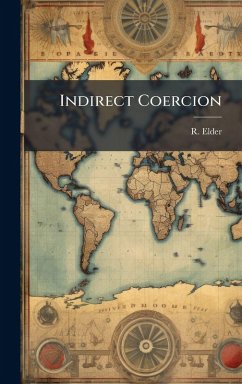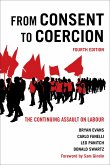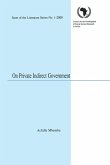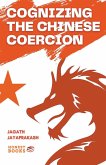Despite the overwhelming edge the US possesses in raw military power over its rivals since the end of the Cold War, regional foes have consistently defied the ultimatums and coercive efforts of the US and its allies. While the US sometimes achieves its national security objectives, it usually does so only after an enormous expenditure of resources. The disconnect between the concepts of traditional coercive theory and reality prompts an obvious question: Is there a more effective way for the US to achieve its national security objectives than direct coercive attempts? To answer this question, this study investigates the concept of indirect coercion. The term refers to the ability to influence third parties such that the third party can modify the original target's behavior in a manner favorable to the United State's objectives. This study explores the mechanics of indirect coercion and provides a detailed classification of various types of third parties in an effort to discover conditions that are conducive to an indirect approach to modifying behavior in the international arena. This work has been selected by scholars as being culturally important, and is part of the knowledge base of civilization as we know it. This work was reproduced from the original artifact, and remains as true to the original work as possible. Therefore, you will see the original copyright references, library stamps (as most of these works have been housed in our most important libraries around the world), and other notations in the work. This work is in the public domain in the United States of America, and possibly other nations. Within the United States, you may freely copy and distribute this work, as no entity (individual or corporate) has a copyright on the body of the work. As a reproduction of a historical artifact, this work may contain missing or blurred pages, poor pictures, errant marks, etc. Scholars believe, and we concur, that this work is important enough to be preserved, reproduced, and made generally available to the public. We appreciate your support of the preservation process, and thank you for being an important part of keeping this knowledge alive and relevant.
Bitte wählen Sie Ihr Anliegen aus.
Rechnungen
Retourenschein anfordern
Bestellstatus
Storno








